News
10 Reasons Colombia’s Pacific Coast Remains Largely Uninhabited
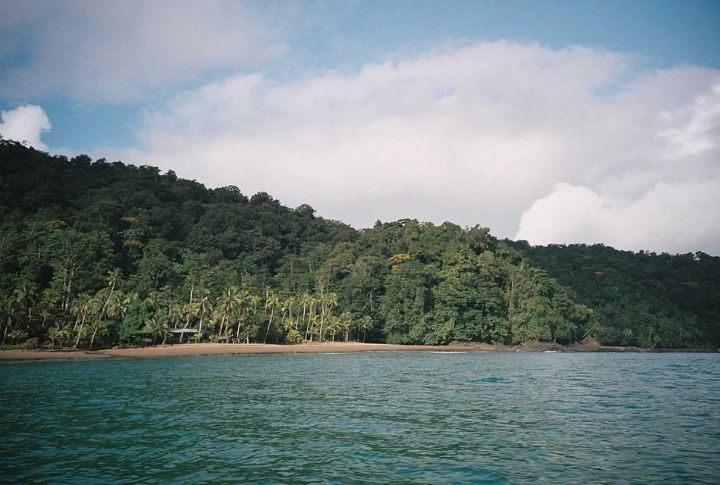
This region boasts rich biodiversity and stunning access to the Pacific Ocean, yet it remains one of the country’s least inhabited areas. Over time, a combination of natural challenges and human factors has contributed to a growing population gap. To understand this trend, let’s explore 10 key reasons why this striking coastline remains so sparsely populated.
Extreme Rainfall Makes Life Challenging
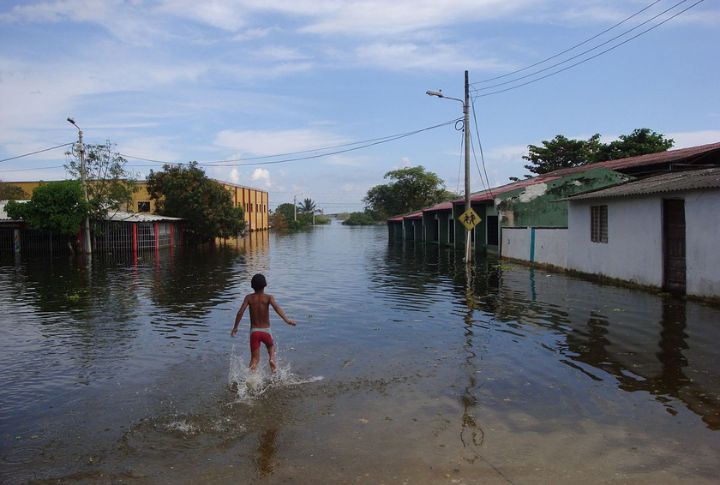
Colombia’s Pacific coast is one of the rainiest places on Earth, with some areas like Lloro receiving over 500 inches annually. Constant downpours damage infrastructure, trigger floods, and cause landslides. In rural villages, heavy rains frequently wash out roads, cutting off access to food and medical aid.
Conflict And Armed Groups Still Threaten Safety
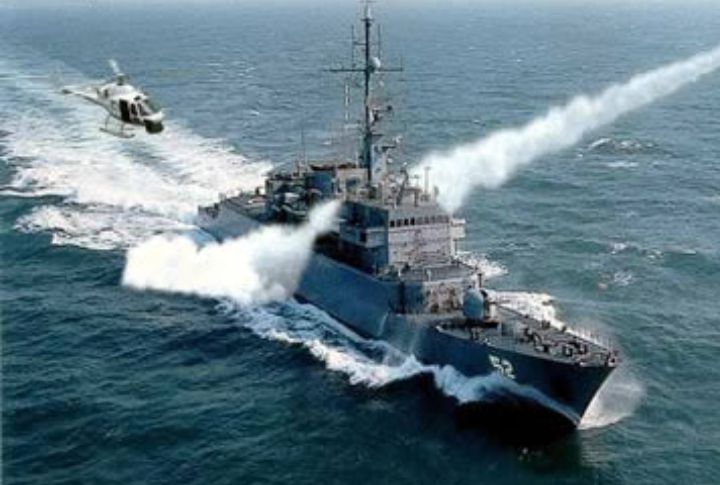
Parts of the coast remain affected by illegal armed groups, including remnants of guerrilla and paramilitary forces. These groups often control territory and hinder development. Residents in dozens of Choco communities have faced forced displacement due to clashes and threats.
Economic Opportunities Are Scarce

Formal employment opportunities are limited along Colombia’s Pacific coast. Many adults in Tumaco, Narino, have not completed their schooling, which contributes to persistent poverty levels. This educational gap severely hinders access to stable employment and economic advancement.
Poor Access To Healthcare Services
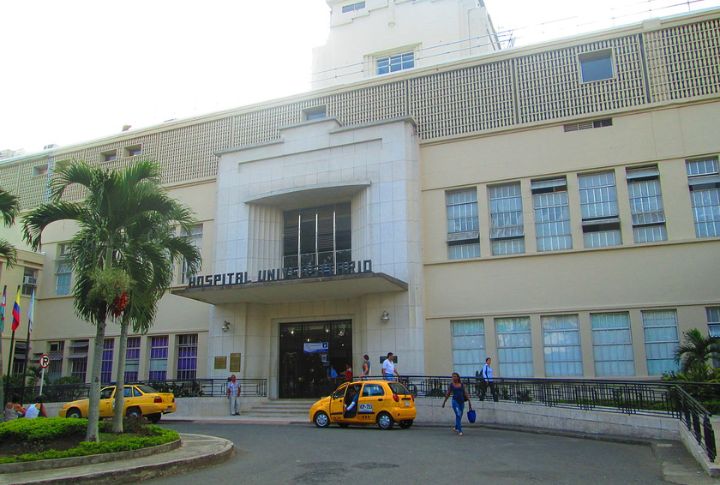
Medical care is severely limited along the Pacific coast, with many towns lacking hospitals or basic clinics. In some rural areas, patients must travel hours or days by river to reach medical attention. Choco’s maternal mortality rate is among the highest in Colombia, reflecting this disparity.
High Cost Of Basic Goods In Remote Areas
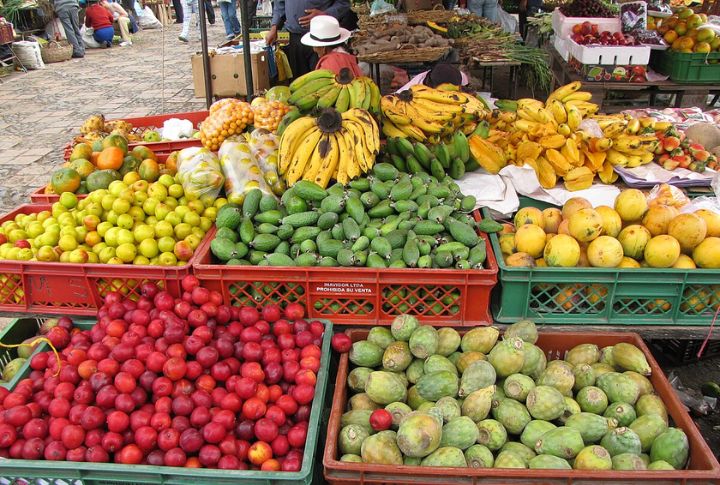
Remote coastal towns such as Guapi face inflated prices for everyday items. Poor road connections and limited port infrastructure drive up transportation costs significantly. Goods arriving by sea or air in places like Tumaco increase prices compared to inland markets such as Pasto or Cali.
Education Systems Are Underfunded And Fragile
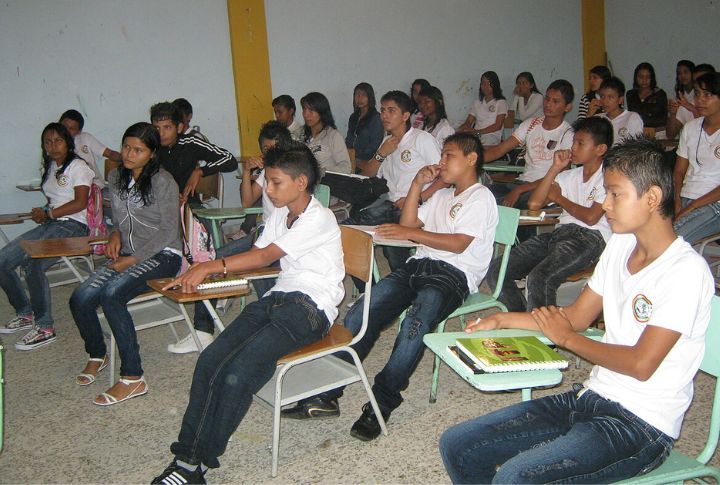
Public education in the region suffers from poor infrastructure, teacher shortages, and irregular school schedules. Classrooms in many villages are dilapidated, and children must travel long distances—sometimes by canoe—to attend school. Reports show that a low number of Choco students meet national reading standards.
Reliable Electricity Is Still Not Guaranteed
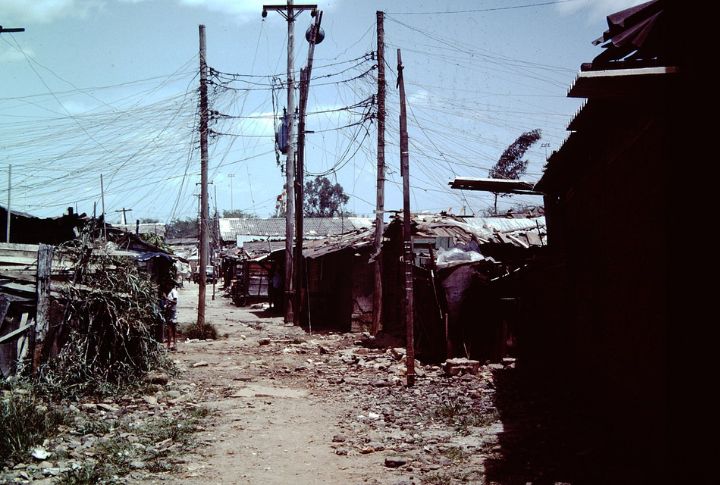
Digital connectivity remains uneven throughout Colombia’s Pacific coast. Although Buenaventura has partial broadband access, towns like El Charco (Narino) and Lopez de Micay (Cauca) often lack stable mobile or internet signals. Storms frequently knock out lines and towers, worsening isolation in these areas.
Telecommunications Infrastructure Lags Far Behind

Digital connectivity remains uneven throughout Colombia’s Pacific coast. Although Buenaventura has partial broadband access, towns like El Charco (Narino) and Lopez de Micay (Cauca) often lack stable mobile or internet signals. Storms frequently knock out lines and towers, worsening isolation in these areas.
Heavy Marine Currents Disrupt Transportation And Fishing
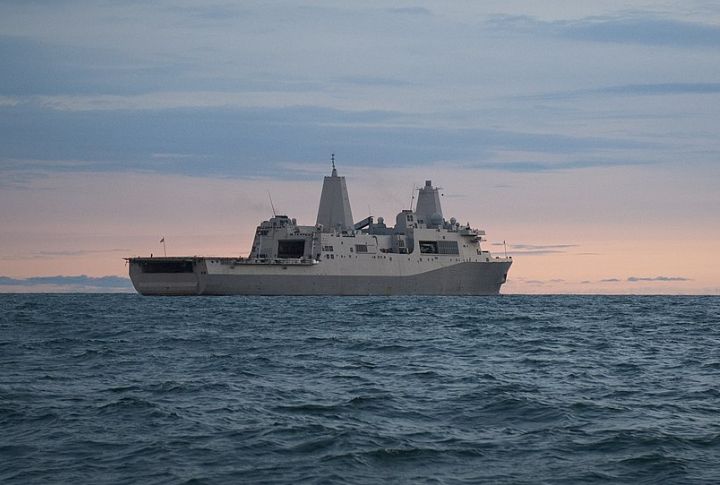
The Pacific Ocean’s strong currents and unpredictable tides pose challenges for maritime activities along Colombia’s west coast. These conditions make transportation and fishing hazardous, especially for small boats. Consequently, communities reliant on these activities face increased risks and economic instability.
Malaria And Tropical Diseases Remain A Concern
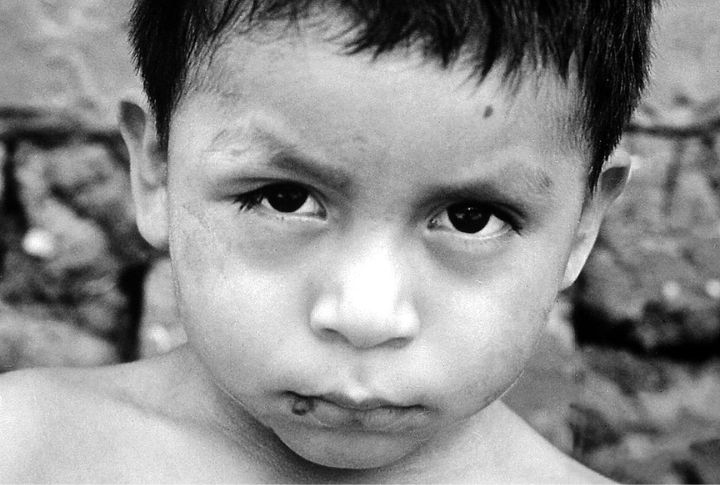
The region’s humid, rainforest climate supports high mosquito populations, contributing to persistent outbreaks of malaria and dengue. Choco consistently ranks among Colombia’s top departments for malaria cases. It accounted for over 30% of the country’s malaria burden, posing ongoing health risks for residents.

